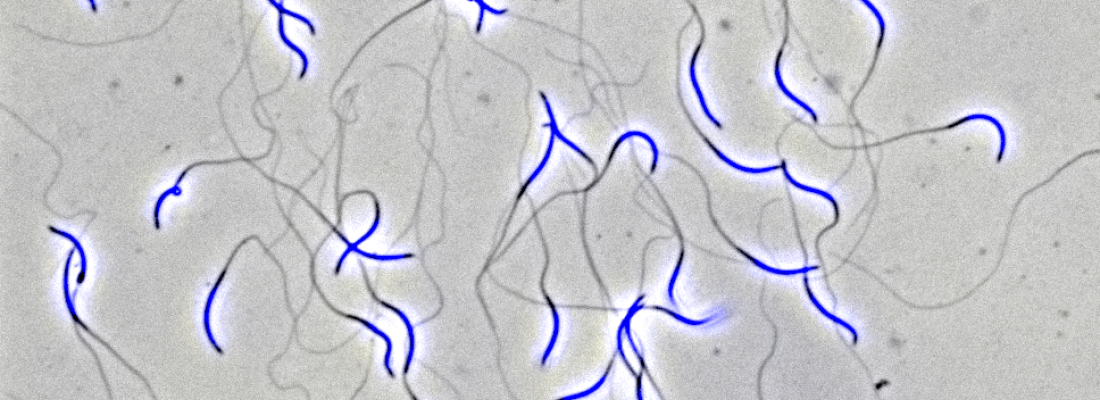Biodiversity Reading time 2 min
Proteomic changes associated with sperm fertilizing ability in meat-type roosters
Published on 12 January 2022

The molecular basis of male fertility remains unclear, especially in chickens, where decades of genetic selection increased male fertility variability as a side effect. As transcription and translation are highly limited in sperm cells, proteins are key molecules defining their functionality, making proteomic approaches one of the most adequate methods to investigate sperm fertilizing capacity. In this context, it is interesting to combine complementary proteomic approaches to maximize the identification of proteins related to sperm-fertilizing ability.
In the present study, we aimed at identifying proteins related to fertility in meat-type roosters, showing fertility variability. Fertile roosters (fertility rates higher than 70% after artificial insemination) differed from subfertile roosters (fertility rates lower than 40%) in their sperm mass motility. Fertile and subfertile sperm protein contents were compared using two complementary label-free quantitative proteomic methods: Intact Cell MALDI-TOF-Mass Spectrometry and GeLC-MS/MS.
Combining the two strategies, 57 proteins were identified as differentially abundant. Most of them were described for the first time as differentially abundant according to fertility in this species. These proteins were involved in various molecular pathways including flagellum integrity and movement, mitochondrial functions, sperm maturation, and storage in female tract as well as oocyte–sperm interaction. Collectively, our data improved our understanding of chicken sperm biology by revealing new actors involved in the complexity of male fertility that depends on multiple cell functions to reach optimal rates. This may explain the lack of accuracy of in vitro quality sperm parameters to predict male fertility and suggests the use of a combination of markers (including proteomic data) as an alternative approach.
Vitorino Carvalho, A.; Soler, L.; Thelie, A.; Grasseau, I.; Cordeiro, L.; Tomas, D.; Teixeira-Gomes, A.P.; Labas, V.; Blesblois, E., 2021. Proteomic Changes Associated With Sperm Fertilizing Ability in Meat-Type Roosters. Frontiers in Cell and Developmental Biology, 9: 15. http://dx.doi.org/10.3389/fcell.2021.655866
